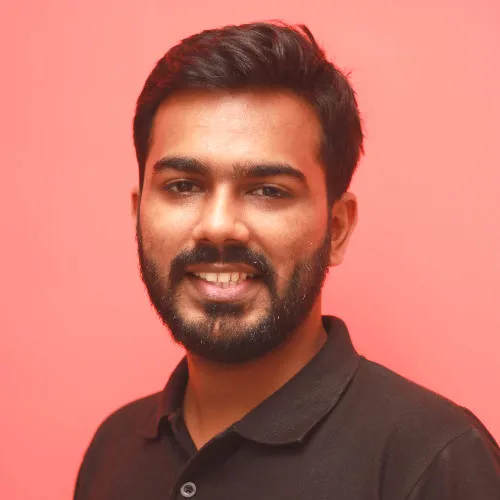There is a mass hysteria prevailing in the international students’ community in view of the recent Executive Order on Temporary Immigration Ban on seven countries and proposed changes to the H-1B bill. Let’s understand how these developments can impact Indian students aspiring for higher education in the US.
Firstly, while the EO curtails immigration from Iraq, Iran, Syria, Somalia, Sudan, Libya, and Yemen, the courts have overruled this EO order recently. Similarly, the refugee clause will not apply to Indians as well. Indian students going on F1 Visas, therefore, need not worry.
Moving onto the topic that has everyone on the edge of their seats (moreso, than the NaMo demonetisation effect) – the legislation on H1B (employment) visas. Before we discuss the impact, let’s understand what the H1B visa does – it allows you to work “post” the OPT (Optional Practical Training) period. After the completion of the college program, a student is entitled to work on OPT for upto 12 months for non-STEM and upto 36 months for STEM courses. Thus, a STEM student can work upto THREE years (irrespective of H1B application), which usually is more than enough to not just recover the fees and the loan but also set-up a strong foundation to build upon later.
Thinking from a recruiter’s point of view, if there is uncertainty in the regulations, then the company would be more keen on recruiting interns and people on OPT than on H1B. The OPT does not have a minimum salary requirement as compared to H-1Bs under the proposed regulations. This in turn will increase the opportunities for fresh graduates.
Lets try to decipher a few hidden clauses of the new legislation. Now, the proposed legislation on the floor in the Congress for H1B eligibility prioritizes market-based allocation of H-1B visas for institutions willing to pay 2x of the wage calculated by a survey. Estimates are that the annual salary will amount to a minimum of approximately US$130,000 per year. While the legislation is yet to be finalized, here is why even these rules should not be a cause of grave concern for Indian students:
- Various such proposals have been floated previously unsuccessfully.
- The current visa requirements mandate Indian students to prove their indisposition towards migrating to the US permanently. However, the new H1B leaves scope for a “dual intent” which means F1 visas may not be denied on the basis of the student’s intention to migrate. The transition from F1 to H1B in that sense should be lot smoother now.
- The new H1B rules shall eliminate the ‘country based’ allocation earlier available to ‘Chile’ and ‘Singapore’ thereby creating more opportunity for Indian students.
- The salary cap of $130,000 on H1B will be applicable to only those companies who have more than 15% employees on H1B visa – this will refrain a few particular companies (read – the beneficiaries of outsourcing policies) to exhaust the quota via the H1B lottery system and open up more opportunities for other companies and startups.
- The following tweet by Trump talks of his intention to create more new businesses, which translates to more jobs. The new H1B will cut down ‘hoarding’ of talent by a few companies and help small businesses in hiring talented individuals.
Impact of Trump’s policies on Indians aspiring for higher education in the US.
Get your profile evaluated on Yocket. Find the best-suited university for you.


